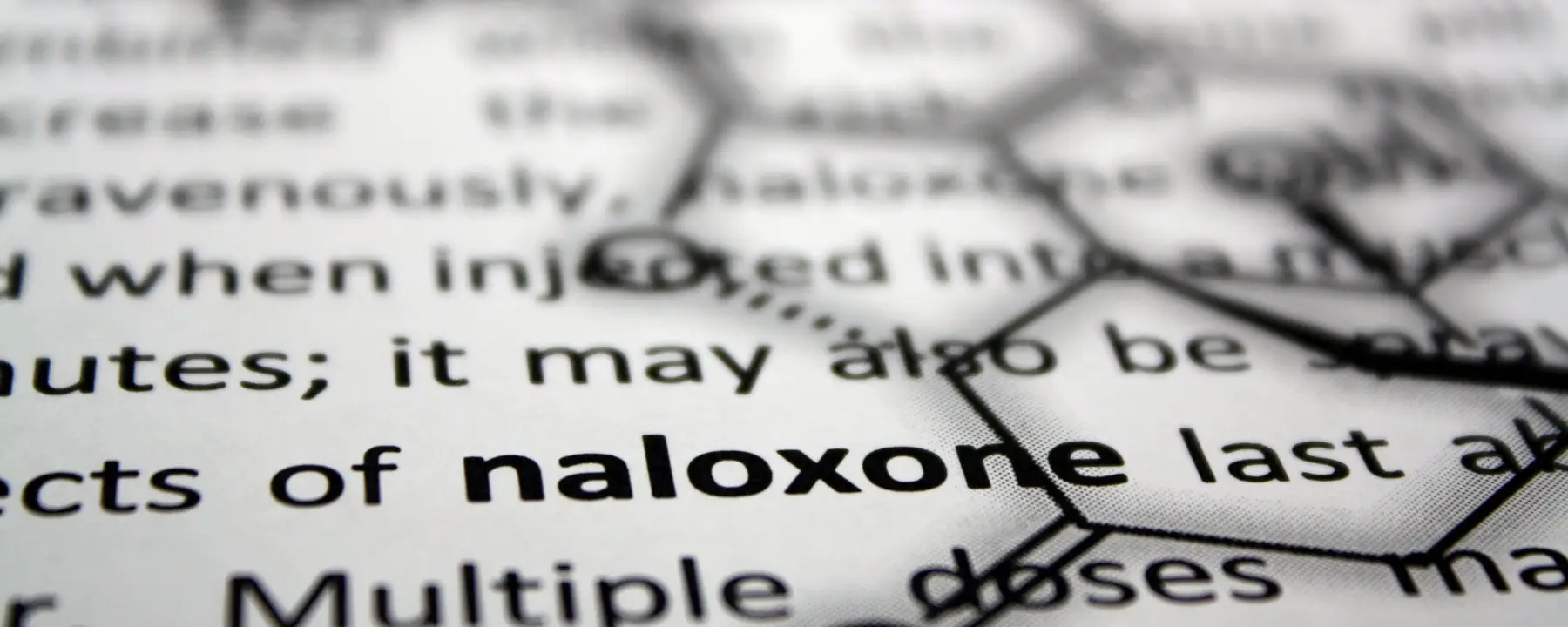Testing consumers' understanding of a label to facilitate naloxone use in emergencies
According to estimates from the Centers for Disease Control and Prevention (CDC), the number of deaths involving prescription and illegal opioids is skyrocketing. Overdose deaths have doubled in the past seven years. In 2017, 48,000 lives were taken by opioid overdose in the US, according to the CDC, up from an estimate of 28,000 in 2014. Despite local and federal government attempts to curb the opioid epidemic, the number of lives lost to opioid-related overdoses continues to rise.
One weapon in the fight against opioid overdose deaths is naloxone—an injectable that is nearly 100 percent effective in reversing the effects of an opioid overdose. Originally approved for treatment of opioid overdose by the U.S. Food and Drug Administration in 1971, naloxone is classified as a prescription medication in the United States and has been carried by paramedics for decades. In recent years, law enforcement officers in many states have also begun carrying naloxone to reverse heroin or opioid overdoses.
Because of the alarming rise in the death toll, some policymakers have called for naloxone to be more widely and readily available as an over-the-counter (OTC) medication. Although the federal government is the only governing body with authority to determine whether a drug requires a prescription, states have the power to determine who can write a prescription, what form it must be in and who can dispense medications. Thirty states now permit naloxone to be prescribed via standing order, which allows pharmacies in those states to dispense naloxone to any person who meets criteria specified by the prescriber. In those cases, naloxone is still a prescription drug.
Before naloxone could be approved for OTC distribution, it must have a drug facts label that meets FDA standards for readability. Since 2002, the FDA has required drug facts labels to explain each product’s purpose, uses, dosage, and warnings, among other information, without relying on highly technical language that might confuse readers. This includes all potential users of the drug, including people with limited literacy. A clearly written label that helps people administer naloxone to an overdose victim correctly could mean the difference between life and death in an emergency.
The Comprehensibility of a Naloxone Drug Facts Label
As part of efforts to achieve that standard, the FDA engaged experts in food and drug labelling to investigate whether adequate labelling could be developed to make naloxone OTC through the unprecedented development of a model Drug Facts Label (DFL). This label must include all the information that someone with no previous experience or training—and without supervision of a health care professional—would need to safely and effectively administer naloxone to a person experiencing an overdose.
Drawing on experience in conducting large scale data collection projects, as well as our extensive expertise on substance use, our researchers partnered with Concentrics Research to conduct testing to refine the DFL to ensure likely users comprehend the drug facts label and understand when to use naloxone, how to administer it, its effects, and possible adverse effects.
The study included an initial round of cognitive testing to obtain feedback on the draft DFL, followed by a round of in-person interviews to further refine the DFL and to test recruitment methods, interview methods, and data collection tools for the quantitative pivotal comprehension study.
We then completed the quantitative pivotal comprehension study where we administered the questionnaire to individuals representing groups that may be potential users of naloxone: adult and adolescent “all-comers,” adult users of prescription opioids and heroin, as well as their friends and families.
In the end, the study demonstrated that the model DFL was well-understood by consumers and can now be used by manufacturers to conduct final label testing of their product-specific information that was not part of the model DFL tested.
Slowing or Reversing the Trend in Overdose Deaths
Armed with the results of our research, the FDA is announcing two model labels that will jumpstart the development of OTC naloxone products and promote awareness of and access to this medicine. Making naloxone more widely available builds on ongoing efforts to make the drug accessible to the individuals who need it most.
Since 1996, when an increasing number of organizations started training the general public on how to use naloxone and 2014, it is estimated that at least 26,500 opioid overdoses have been reversed by laypersons. When states pass Naloxone Access Laws that allow laypersons to administer naloxone there is 9 to 11 percent reduction in opioid-related deaths. The FDA’s efforts to make naloxone available over-the-counter should only increase the number of lives saved from opioid overdoses.
- U.S. Food and Drug Administration (FDA)
- Concentrics




